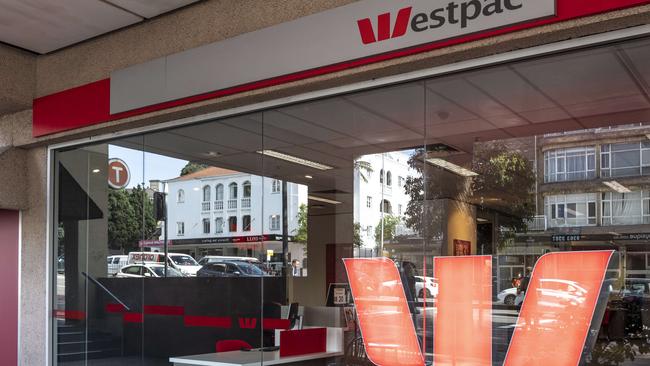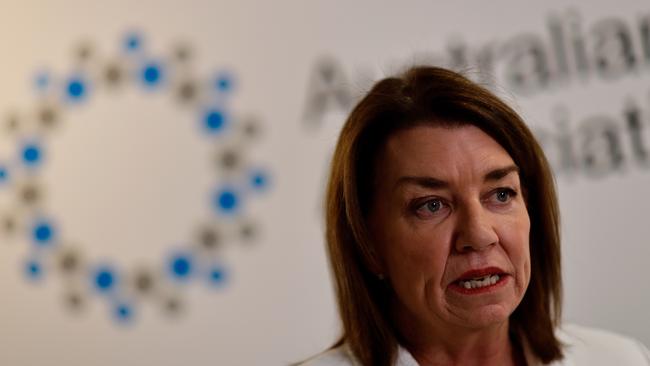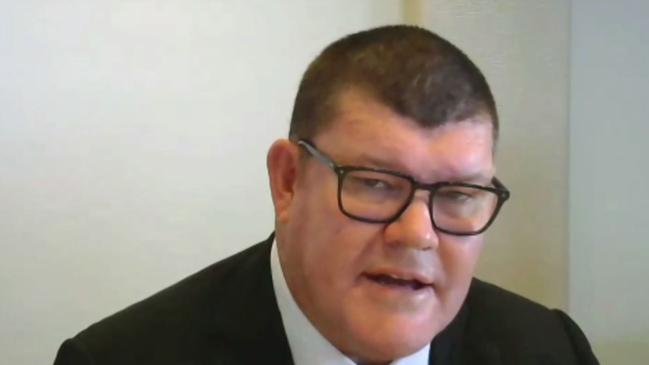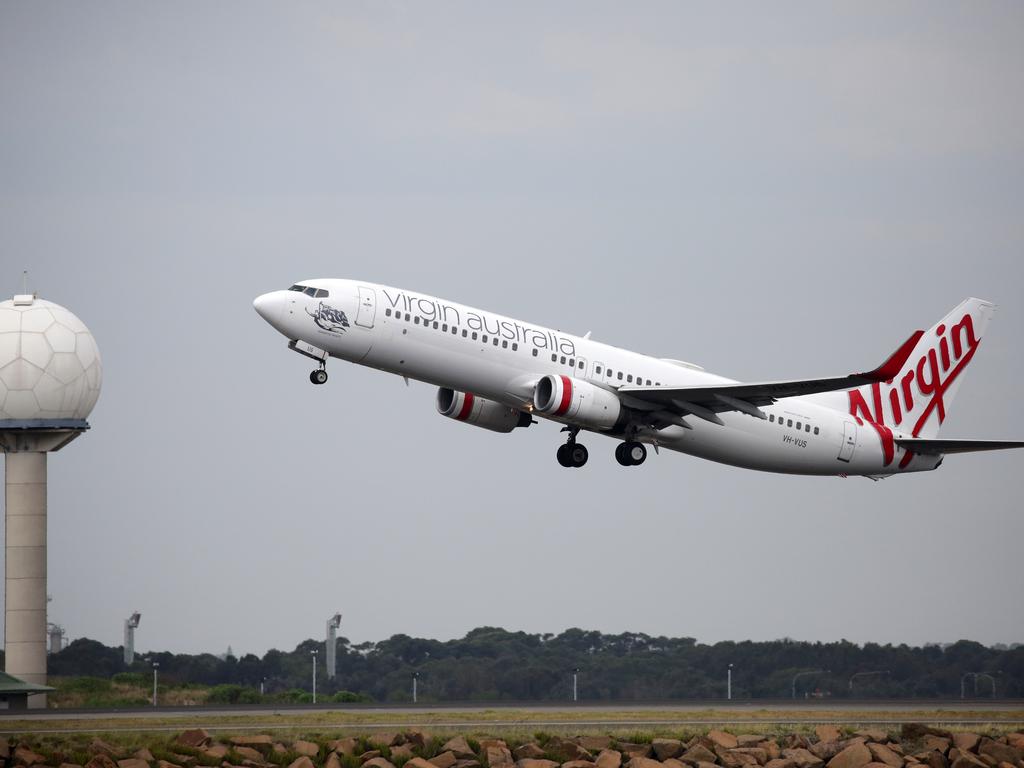
It will be Afterpay that owns the customers, not Westpac, and it also gains some more security over its network in the process.
It almost looks like Westpac boss Peter King saw Matt Comyn at CBA spend $US300m to buy 5.5 per cent of Klarna and figured he better get his finger in the “buy now, pay later” pie.
The attraction of BNPL is the perception that it is a growth platform. Young people don’t like credit cards but see the advantage of being able to spread their purchases over a few months.
McLean Roche figures show BNPL is still a fraction of the total $1.2 trillion payments system at $6bn, against the RBA’s New Payments Platform at $443bn, debit cards at $372bn and credit cards at $251bn.
This is one way to present the RBA’s figures. Another is that in the month of August there were 680 million debit transactions, 236 million credit transactions and 49 million New Payment Platform transactions.
The NPP is the RBA-run digital payments platform, which at present is centred on account transfers rather than day-to-day shopping.
Scott Morrison is a big fan of the NPP and he used last month’s digital statement to upgrade government use of the platform to widen the network further.
The RBA in November last year proposed a potential consolidation or at least more co-ordination between the NPP, the bank-owned BPay service and Eftpos, which is run by the banks, the big supermarkets and others.
The payments system governs the way money changes hands and, while happening well above our heads, essentially it is the basis for the competitive power of the big banks and dictates how much we pay for money.
The RBA discussion on the issue was put on hold due to COVID-19, but is back on track with the aim of some sort of conclusion in the second half of next year.
There is a lot going on in the payments space because Treasury is also doing a macro-level review of the entire payments system that will include consideration as to whether the RBA is the best regulator of the system.
Potentially, just as the RBA hammers out a deal to consolidate the Australian payments platform under one roof, the roof may change owners — as happens in the UK, where payments are under a separate roof to the Bank of England.
RBA governor Philip Lowe sits in charge of the payments board, with other members including his deputy Michele Bullock and APRA boss Wayne Byres.
While the regulatory architecture is being reviewed, the big elephants in the room are US-based Visa and MasterCard, while the Chinese entrants like WeChat are growing fast.
The concept of combining NPP, Eftpos and BPay under one house is to get everyone working to the same end, which is more efficient processing of payments.
The argument is that the banks are good at getting out the latest app, but when it comes to systems architecture agreement is nigh on impossible.
Eftpos is a stand-alone service and naturally enough the fear is if it gets housed together with the others its independence would disappear and with it a competitive voice.
It’s early days yet, but expect to hear a lot more from this battle.
ABA number fumble
Anna Bligh is doing a wonderful job representing banks in her role as ABA boss, if only the figures she used could be a little more relevant to the real world.
On Tuesday she was out promoting the fact that banks had lent small businesses $41bn since the start of February, most of which was just rolling over existing facilities.
Just how much of this was new was not shown and, according to APRA figures, from March to August loans to non-financial businesses fell by 2.2 per cent.
In other words, new lending has gone backwards, with Westpac down 2 per cent over the period, NAB by 1.7 per cent, ANZ by 1.1 per cent, with CBA up 0.2 per cent and newcomer Judo up more than 35 per cent from a low base.

The point is that new lending at a system level is down, so what is the ABA doing telling everyone how much money the banks lend to business?
The banks would be more than happy to lend more, but few in business actually want to increase their debt.
This isn’t a commentary on the capacity of the banks to lend but more on the willingness of the customers to borrow.
It’s good to say the system is in good shape and on ABA figures 224,000 home loan customers are now repaying their loans after deferring them for a while. This still leaves 439,000 loans deferred and just how many remain in that list is the real issue.
From October 1, JobKeeper rates started falling and from January JobSeeker and JobKeeper fall again, and from April APRA will draw a line in the sand with any loans still in the deferred category to be declared problem loans if they are still there come July.
The economy is still to pass these milestones, which are of some relevance to those looking at investing in the banks and knowing how strong their credit is.
Once again this is not reflected in the way the ABA presents the numbers.
Packer’s Crown pain
James Packer is reportedly distraught at the governance debacle that has unfolded at Crown and keen for new chair Helen Coonan to take control, wielding the axe over management and board alike.
If so, that makes it even more surprising that as the company’s biggest shareholder he would vote his shares in favour of the three directors up for re-election, including long-term lawyer Guy Jalland, his dad’s former doctor Tony Horvath and senior public servant Jan Halton.

The casting of his 37 per cent stake virtually assures all three of re-election or at the very least makes it hard to return the incumbents. Packer’s concerns would have carried more weight by abstaining and letting the other 63 per cent of shareholders settle the fate of the board.
What is on show in the NSW inquiry is a company run for the benefit of one shareholder, with management and board united in trying to please the master and running the company accordingly.
To make matters worse for Crown, the management is failing to achieve the master’s goals. That would make Packer unhappy.








Afterpay’s white label deposit deal with Westpac does more for the start-up than it does for the bank, which is fighting a steadily falling retail market share.